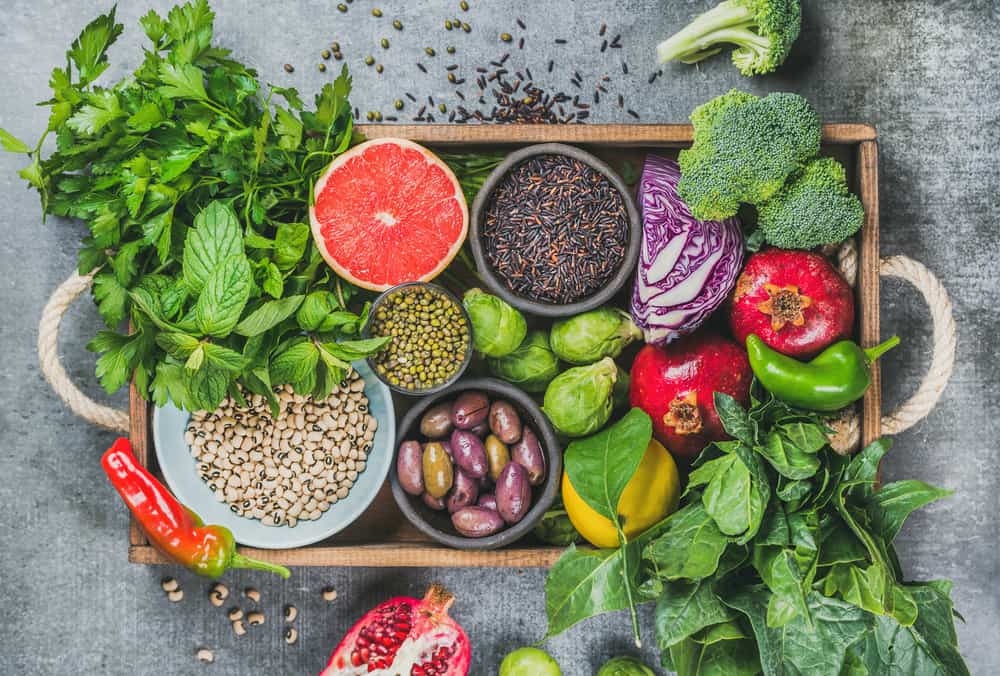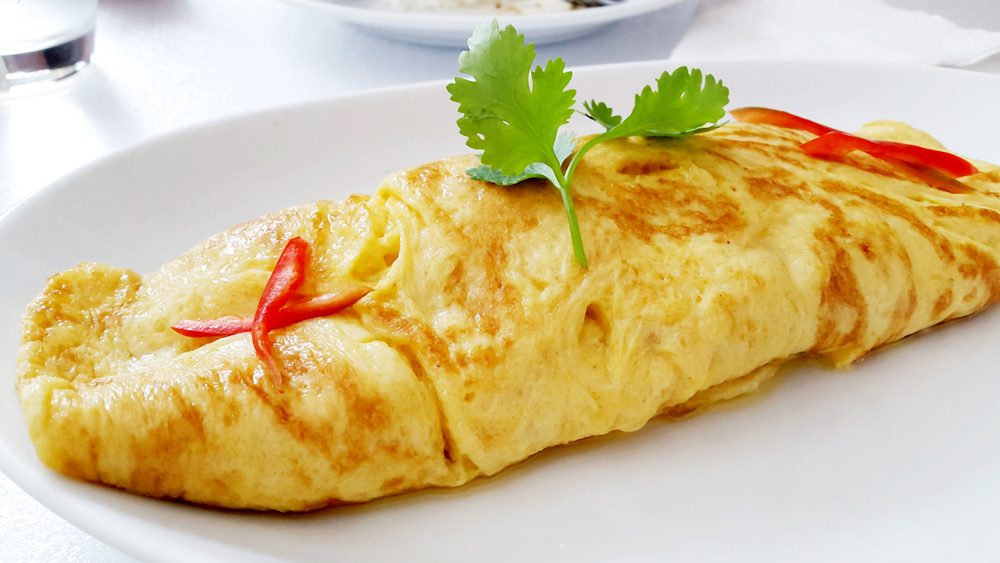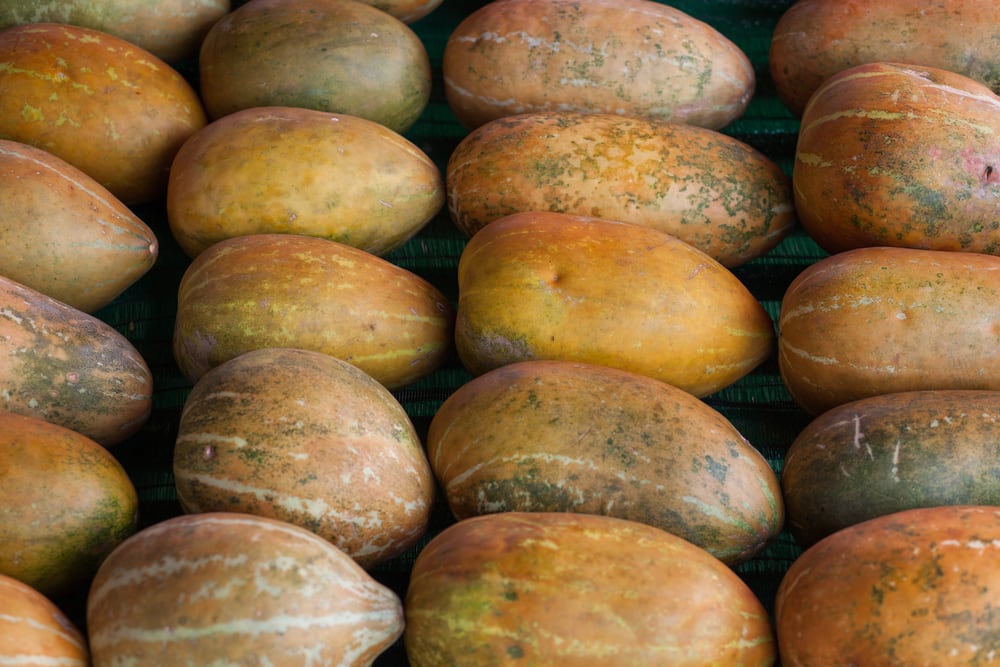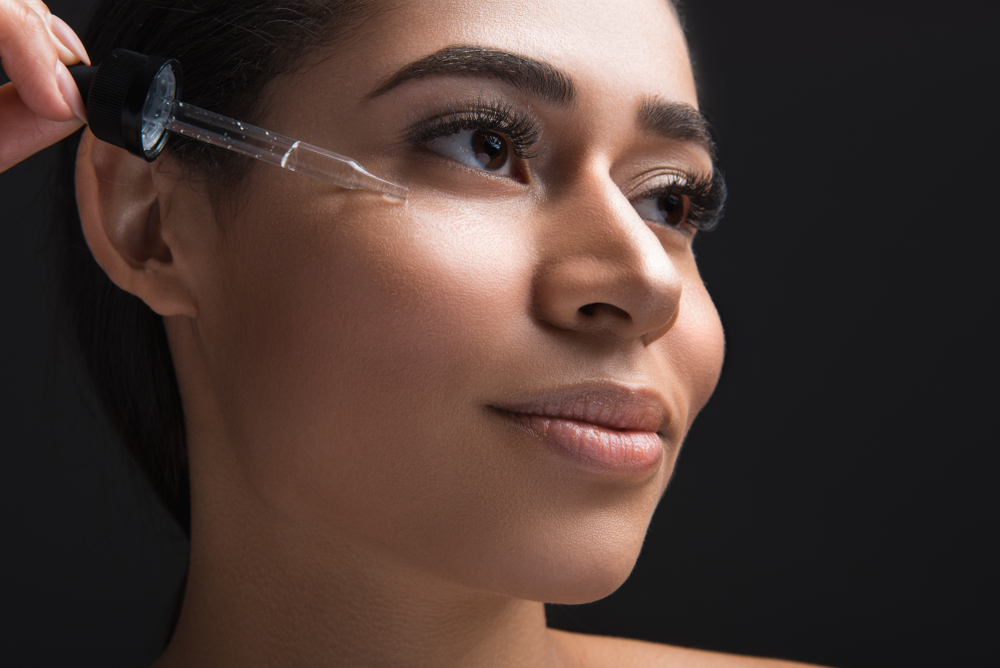Contents:
- Medical Video: Dr. Oz on Weight Loss
- Thrive diet, maintain a diet without having to bother counting calories
- Foods that are allowed during the thrive diet
- Foods that should not be eaten on a thrive diet
- What are the benefits?
- What are the drawbacks?
- Who can go on the thrive diet?
Medical Video: Dr. Oz on Weight Loss
During this time you might be warned to calculate daily food calories if you want your diet to succeed. Apparently, all you have to do is the opposite. Introduce the thrive diet. This diet is also equipped with a healthy and balanced diet guide, so you don't have to bother calculating your daily calorie intake. How to guide the diet?
Thrive diet, maintain a diet without having to bother counting calories
Thrive Diet is a vegan diet initiated by former professional athlete Brendan Brazier. The Thrive diet focuses on nutrient-rich and more filling plant-based food sources, such as fruits and vegetables, nuts and seeds, and vegetable oils.
The thrive diet includes a guide to breakfast, lunch, dinner, and smoothies and snacks in one day to do for 12 weeks. This diet also emphasizes you to eat small portions, but more often throughout the day - 3 main meals with small portions, and 3 snacking sessions.
Brazier believes that this way, you can better control your calorie intake and keep your blood sugar levels balanced throughout the day. So during the diet, you no longer have to bother counting the calories of food you eat in one day.
In addition to designing a more regular eating schedule, diet thrive also emphasizes a stress-free lifestyle. Because, stress can trigger you to overeat. So, if you can control stress well, your body's metabolism will work better to burn fat, Brazier said.
In the end, diet thrive can help you lose weight, increase stamina, and maintain cardiovascular health.
Foods that are allowed during the thrive diet
You need to eat plant foods that are high in protein, fiber, and healthy fats. Eating should be raw (fresh) or cooked in low temperatures.
The foods that are allowed for thrive diets are:
- Peas
- Grains
- Vegetables
- Fruits
- Cold-pressed oils (vegetable oil)
- Apple vinegar
- Brown rice
Foods that should not be eaten on a thrive diet
If you choose to go on a diet thrive, you should avoid all animal products, including:
- Meat
- Fish
- Seafood
- Eggs, chickens, ducks and other poultry
- Dairy products, such as cheese, yogurt, milk, cream, kefir.
In addition, you also need to avoid processed foods, refined carbohydrates or refined sugars, as well as foods containing high starch and sugar. You also have to limit foods cooked at high temperatures.
You also need to avoid or reduce foods that are high in salt and fat.
What are the benefits?
Smaller, more frequent vegan diets will get you used to controlling your daily calorie intake, while keeping your blood sugar levels balanced throughout the day. So that also people who go on thrive diet can maintain a healthier body weight and have lower blood pressure and cholesterol.
The vegan diet has also been proven in several studies to reduce the risk of type 2 diabetes, high blood pressure, obesity, cancer, and cardiovascular disease. People who undergo a plant-based diet can also reduce the use of prescription drugs that they usually consume regarding their illness.
What are the drawbacks?
Brazier believes that this dietary pattern is sufficient for the body's nutritional needs without the need for additional supplements. Even so, people who live a vegan lifestyle are more at risk of experiencing malnutrition. Because it prefers plant foods, dieters can lack nutrients found in animal products, such as iron, vitamin D, calcium, DHA, and vitamin B12.
You may also experience indigestion, such as bloating, constipation or diarrhea (due to eating lots of fiber), and headaches when you start this diet. Especially if you do it too fast in a short time.
If you want to follow this diet, start gradually by adding one or two snacks or foods that are allowed at one time.
Who can go on the thrive diet?
Anyone can go on the thrive diet to get the benefits, including people who have high blood pressure, high cholesterol, cardiovascular disease, type 2 diabetes, obesity, and other chronic health problems.
But if you have thyroid disease, you have to be more careful if you want to live vegan. Some vegetable products such as corn, sweet potatoes, soybeans are food ingredients that have the potential to cause goiters that might aggravate your symptoms.
In addition, people with kidney disease who follow the Thrive diet must limit foods with high amounts of phosphorus and potassium.












